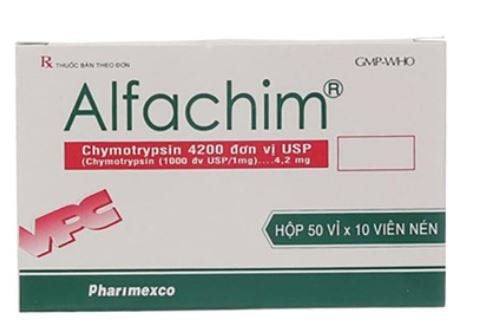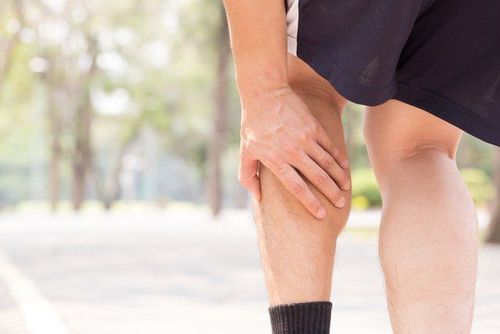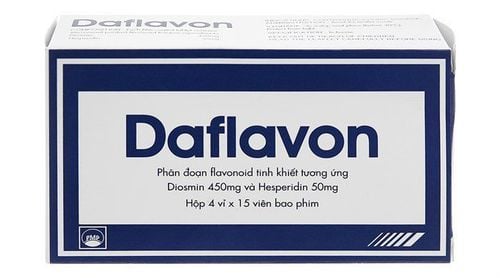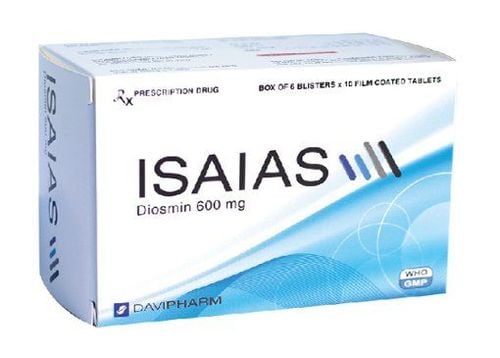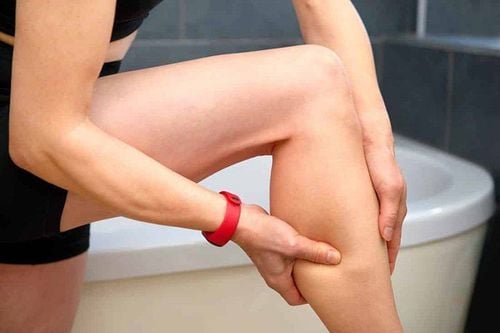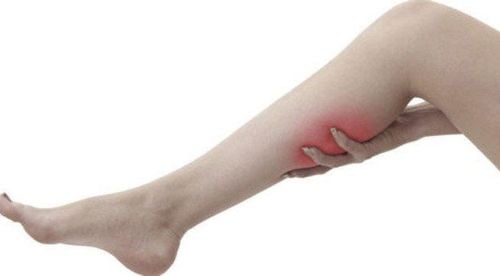This is an automatically translated article.
Cramps are uncontrolled spasms in the muscles. Cramps can be dangerous if you are swimming underwater, driving, sitting near a fire,... What should people with cramps do to get rid of this condition? Let's see how to deal with cramps.
1. What are cramps?
Cramps are uncontrolled spasms in muscles, especially the muscles of the legs, feet or thighs. Leg and calf cramps often occur at night. According to surveys, up to 60% of adults and 7% of children experience sleep cramps. Tensed muscles will cause discomfort, pain in the muscle cramps. In addition to pain, nighttime cramps also cause many other problems such as disrupting sleep, not sleeping well, ... making patients feel tired the next day.
Common causes and risk factors for cramps include: muscle fatigue, inactivity, not drinking enough water, sitting or lying in the same position for a long time, older people (over 50 years old), pregnancy, side effects of certain medications, poor diet, not warming up before exercise, wearing uncomfortable shoes, having certain chronic diseases (cardiovascular disease, diabetes, liver failure, kidney failure) , hypothyroidism, alcohol use disorder, lumbar spinal stenosis, osteoarthritis, nerve damage or disorder,...).

Phụ nữ mang thai có nguy cơ mắc chuột rút
2. What should I do if I have a cramp?
If there is a cramp, the patient needs to calm down and relax the body to reduce the degree of cramp. After that, some home remedies can be done like:
Gentle stretching. Then, stretch the leg by standing straight, bending the leg at the knee, pulling the leg back toward the stomach, keeping the heel or ankle. For balance, the patient can sit on a chair or lean against a wall. If there is a calf cramp, the patient should stand up, bring the leg with the cramp forward, slightly bend the knee, rest the body weight on the leg that is cramping, hold still for about 20-30 seconds is okay; Use your hands to massage the cramping area to relieve muscle tension. Patients can massage, stroke the muscle cramps to warm the skin. The manipulation should be done gently from the surrounding muscle to the painful area. Patients can use massage rollers or tennis balls to massage the cramping area. The patient can also press the Thua Son point on the back of the calf on both sides of the calf at the same time; Apply to the muscle cramp with a warm water bag, hot water bottle, or warm washcloth. Heat improves blood flow, effectively eliminating muscle tension and pain. In addition, hot baths also help relax muscles and reduce cramps; Toe flexion: The simplest way to deal with leg and toe cramps. Accordingly, the patient only needs to grasp the foot or toes and then stretch to the fullest. This method can be quite painful but very effective, helping patients get rid of cramps quickly; Walking barefoot on the floor: Patients can walk barefoot, move their toes, rest their toes on the floor and stretch their toes to increase blood circulation, thereby reducing cramps more effectively; If you have cramps in your thighs: Ask the person next to you to straighten your leg, raise your heel with one hand, and press your knee down with the other hand;
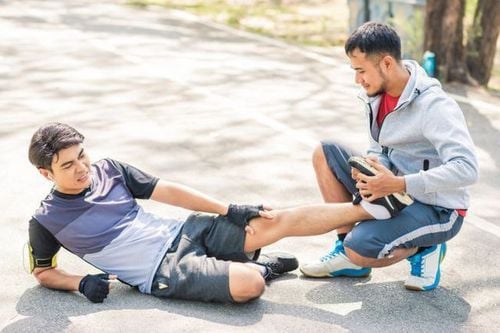
Bị chuột rút ở bắp đùi, người bệnh có thể nhờ sự hỗ trợ từ người khác
If the rib muscle is contracted: It is necessary to gently massage the muscles around the ribcage, breathe deeply, relax the body to increase blood circulation through this position; Using drugs: Vitamin E, muscle relaxants,... to treat muscle spasms; Using non-steroidal anti-inflammatory drugs helps relieve the pain of cramps (but cannot treat cramps because the condition is not related to inflammation).
Athletes with cramps can sting muscles. Accordingly, they will use a needle, prick the site of cramps. However, this technique needs to be performed by a qualified person to ensure no infection.
3. Measures to prevent cramps
Eat enough nutrients: Need to supplement the necessary nutrients for the body, especially calcium, potassium, sodium and magnesium,...; Do light exercises: If you do some light exercise at the end of the day, you can reduce the risk of cramps. Those exercises can be walking, cycling before sleeping; Drink plenty of water: Water helps transport nutrients to the muscles and carry waste out of the muscles. So, drinking enough water throughout the day can prevent cramps, keeping muscles in top working condition. On hot days or when doing a lot of physical work, the body sweats a lot, it is recommended to drink more electrolyte water; Warm up thoroughly before and after exercising, playing sports; Keep warm: When you go to sleep, you need to keep your body warm, avoid cold fans on your feet, and when you go swimming, you need to avoid sudden contact with cold water; Effective treatment of diseases that cause cramps; Wear shoes and sandals that fit your feet: Wearing suitable and comfortable shoes and sandals will reduce the risk of foot cramps.

Mang giày, dép vừa chân giúp ngăn ngừa chuột rút
If cramps occur frequently, interfere with daily life and home treatments do not work, the cramps spread to other muscles, get more and more severe,... Patients should see a doctor to determine the exact cause and have an appropriate treatment.
Usually, sleep cramps do not last long and are not dangerous. However, if cramps occur while driving, operating machinery, swimming, etc., it can cause an accident, even death. Therefore, each person should apply the above measures to prevent muscle cramps, combined with a balanced diet, without the use of stimulants,...
Please dial HOTLINE for more information or register for an appointment HERE. Download MyVinmec app to make appointments faster and to manage your bookings easily.




